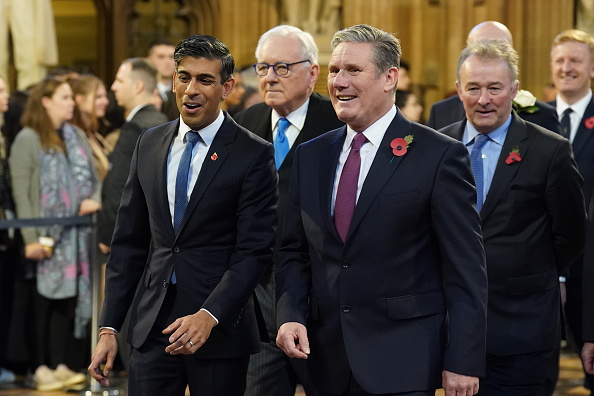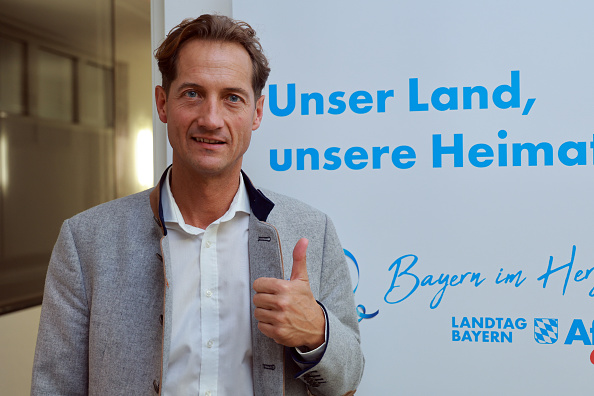With a year of elections ahead, including the European Parliament vote in June, the Danish model of immigration policy is spreading to its European neighbours.
On January 26, Austria’s Chancellor Karl Nehammer launched his party’s platform for this year’s upcoming elections — including June’s EU-wide vote and the country’s autumn general election. On the topic of migration, the political leader’s so-called “Austria Plan” repeatedly references the “Denmark Model”.
Political polling in the country appears to reveal why. Nehammer’s Austrian People’s Party trails the right-wing Freedom Party by as much as 9 per cent in recent polls.
Much like Germany’s Chancellor Scholz, who on February 27 announced a “historic” clampdown on illegal immigration”, Nehammer hopes to neutralise his rivals on the hard Right by adopting a firm line on immigration.
It is a political strategy that has already worked well for the centrist and left-wing parties in Denmark. The country’s New Right party was so badly undermined by the government’s decision to pursue a hardline policy on immigration that it formally dissolved itself on January 16.
Denmark’s “paradigmskift” (paradigm shift) of February 2019 occurred in the waning days of then-prime minister Lars Løkke Rasmussen’s Venstre-led government, which was followed by the election of Mette Frederiksen‘s Social Democrats.
Emma Barnhøj Jeppesen, curator at the Migration Museum of Denmark, told Brussels Signal the political sea change saw Danish refugee policy shift to a new assumption asylum seekers should only be in Denmark temporarily and then return to their countries of origin as soon as possible.
Austria could be on the cusp of having its first populist Chancellor with the Freedom Party of Austria (FPÖ) predicted to not just enter the next government but lead it. https://t.co/3uguFekdCG
— Brussels Signal (@brusselssignal) January 16, 2024
Before the paradigm shift, Danish policy had been based on integrating asylum seekers and offering them protection permanently, not temporarily, she explained.
The change quickly had an impact on politics beyond Denmark’s borders. When other Nordic countries wanted to signal a crackdown on rejected asylum-seekers, following an unsuccessful asylum-seeker’s fatal shooting of two Swedes in Brussels on October 17, they met in Copenhagen for a summit.
Barnhøj Jeppesen said Denmark’s name has now become shorthand for Scandinavia’s hardline approach to immigration. The Government’s repeated tightening of immigration rules has increasingly gained traction with its neighbours.
The model, though, also has its critics.
Governments such as Nehammer’s “talk about foreigners and cut social benefits for everyone”, said Martin Schenk, a psychologist and researcher at Diakonie Austria, an umbrella of non-profit organisations.
He added that such actions put Austria at risk of disobeying the Geneva Refugee Convention, which says in most respects asylum seekers cannot be treated differently from a host country’s citizens, Schenk said.
Frederiksen, though, has argued explicitly that European countries should make welfare cuts to enable more spending on defence, particularly in light of Russia’s war on Ukraine.
“We haven’t used enough money on our own defence and security” due to Europe’s collective decision to spend “more on welfare”, the Prime Minister argued in a February 27 interview with the Financial Times, clearly targeting an audience well beyond Danish borders.
Joachim Gauck said there is a loss of control at the borders and praised the Danish approach as an example of how the situation should be handled. https://t.co/bMpWF8YV0V
— Brussels Signal (@brusselssignal) September 19, 2023





If mainstream German politics fragments further, would it help the CDU?